Destination Audio is the realization of company founder Sam Wisniewski’s dream of the sound of the directly heated 45 tube in triode mode. From the creation of the two-chassis 417A tube phono stage to the two-chassis 76 tube-based preamplifier, the 45 tube-based monoblock amplifiers and the Vista horn, the creative objective of all of Sam’s products was to convey the magic of the 45 tube.
Destination Audio is based in Poland. Sam is a self taught designer of speakers and amplifications with no academic background: ‘I have always been in love with the 45 tube and I wanted to create a loudspeaker which is efficient enough for 2 watts to play freely. The bass module was the biggest problem and that’s why I decided to develop a high-performance bass speaker. It was a process that lasted for several years until 2015 when the final version of DA Vista was presented at the Audio Show in Warsaw. As for the amplifiers based on the 50 tube, I had the idea in my head for two years. When I told Art Smuck [president of North American importer Arkamima, Denton, TX] about this idea, he immediately offered to fund it and thanks to that, it mobilized me to make these amplifiers. The effect was surprisingly great. Were it not for Art, these amps would not be present today. Art is in a sense my “driving force” for action.’
Sam has been visiting the states since he was 24, and his first exhibition at AXPONA in 2017 gained him notoriety when his buddy started calling him ‘Sam’ Wisniewski instead of the original Wlodzimierz. The name stuck ever since.
When asked for more specifics on his love for the 45 tube, Sam confessed not being very keen on stories of the 45 and 76 tube except that former was supposedly made by RCA for cinema use as the era of the silent films was coming to an end. Per Sam, ‘the 45 tube has something special in which you can fall in love. I did. People say 45 is the magic tube, and I’m sure they’re right.’
He also believes his lack of indoctrination allows him to break free of the traditional thinking and achieve something unique: ‘I love what I do and when I build something, I want to get a beautiful sounding product. The sound has to be mine and I have to love it. It turned out that I’m not alone.’
It is a fact that the 45 is considered by some to be the best sounding tube among directly-heated triodes; Sam adopted the Emission Labs edition. According to the EML website, ‘Best sound of the 45 is developed at the very sweet first Watt. The 45 will reward you with best sound when you are using high efficiency speaker systems, starting at 96..99dB. At the same time, here comes a drawback for the amplifier and the tubes as well. Such speaker systems of 100dB and above will make smallest imperfections audible, and the amplifier must produce as little hum and noise as can be. This is difficult. When you are thinking of 108db horn systems this stresses the design limits of tubes and amplifiers a lot.’
Amorphous-core transformers were adopted for the monoblock, as Sam preferred, again, the ‘unique, detailed’ sound of the amorphous core to other types of transformers, such as silicon and permalloy. Sam was of the opinion that ‘amorphics’ were able to convey something more than what was contained in music. Compared to other types of cores, however, amorphous transformers do not have as ‘abundant’ a bass as others as to be slightly light sounding. However, by adapting the transformer parameters to a specific tube, Sam believed he could get great results. Destination Audio transformers were made to order with exacting parameters to achieve the best performance out of the 45.
A two-chassis 76 DHT linestage that served as a perfect companion to the 45 monoblock amplifier was included for this review. Sam chose the 76 tube for its tone, but it was rather susceptible to microphonics. The solution came in the form of ‘muted internal stands’ as in soften suspensions, which reduced the effect of microphone. The two-chassis design separated the tube power supply from the main, signal handling chassis. While the open top design of both chassis of the linestage made component stacking for space saving out of the question, I often obtained superior performance of the component by placing the PSU away from the main chassis anyway. A lone 5U4G tube rectified the power supply unit.
The front of the main chassis was adorned with two round, gold knobs, namely VOLUME and SOURCE. The volume control was a Japanese Alps potentiometer. Continuous in rotation and not stepped, it made for effortless volume adjustment and was completely silent in operation. I have experiences with preamplifiers equipped with expensive volume pots where the implementation lacked precision and consistency during turning, but the DA 76 linestage was rugged in construction and completely quiet in operation. The SOURCE knob provided selection of four pairs of RCA inputs. A costlier and more exotic option of amorphous TVC transformer coupled volume control was optional.
Handling RIAA equalization was the 417A tube phono stage with a separate PSU. Flaunting three gain stages with two WE417A and not two but four 5687, the 417A phono stage was arguably the most brilliant star of the phono stage-linestage-power amplifier trio that was already devastatingly spectacular, utilizing LCR transformer to achieve RIAA equalization. Capable of high transconductance and hence low noise and widely adopted in microphone preamplifiers, Sam chose the 417A for both the resultant sound quality and suitability of the tube for use in a phono stage. The phono stage featured a pair of the NOS WE417A. Per a 1962 Western Electric Data Sheet, the WE417A was described to be ‘intended primarily for grounded-grid operation in the input stage of broad band amplifiers.’ The 5687 tubes were selected for the second and third stage for their sound quality as well. Again, a lone 5U4G governed the outboard power supply unit.
Between the WE417A tube and the second stage, an amorphous interstage transformer was used. While production units could be set for a load impedance of up to 200 Ohms, the review unit was set for 10-150 Ohm and 0.2-0.4mV of output. It is noteworthy that the 417A could also be set for a moving magnet load of up to 85k Ohms! Set to a gain of 72dB on the moving coil, the 417A was really designed for use with low compliance cartridges. The $9,995 Koetsu Jade Platinum with 80-1k Ohm impedance and 0.3mV output, $5,895 Kuzma CAR-50 moving coil cartridge with 100 Ohm impedance or less and 0.3mV output and the $4,499 Sumiko Palo Santo Presentation with 100-1k Ohm impedance and 0.5mV output were proven prime partners.
The Kuzma and Sumiko both exhibited beautiful textural compositions and massive tonal ranges, with the Kuzma with its 4N silver wired-coil and sapphire cantilever edging out on superior displays of nuance and low-level background instrumentations, such as a rhythm electric guitar amidst a group of players. The low impedance requirement of the Kuzma made it the star with natural balance of spectral presentation at the lowest price among the three. The Koetsu and Sumiko would normally sound slightly less brilliant at the top-end at such low impedance with lesser tube phono stages, especially with the Koetsu sounding a little less energetic in the upper midrange and up than I’d like; but in this case, it was nuanced, dynamically unimpeded and tonally spectacular.
This was my first time experiencing a WE417A phono stage in a 45-based single-ended triode amplification and horn system and the effects were more than subtle and utterly sublime. As of this writing, Tube Depot continued to carry the NOS WE417A at around $175 each. Time to stock up, tube aficionados.
And here comes the most visually striking member of the family, the Vista horn.
- (Page 1 of 4)
- Next page →

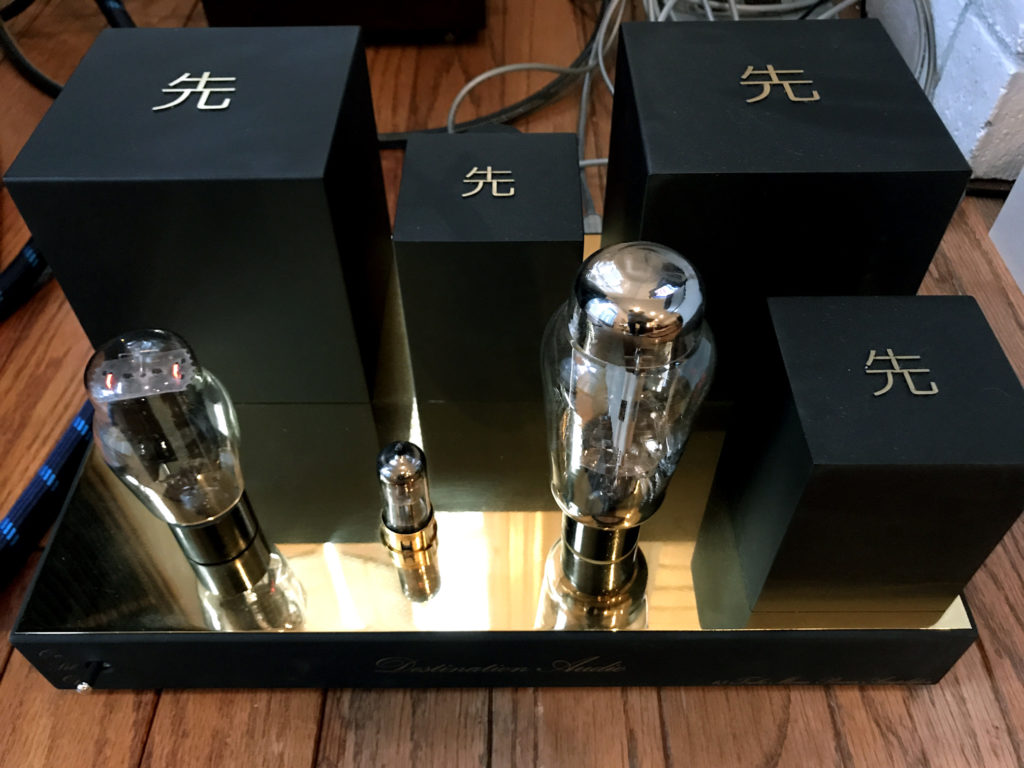
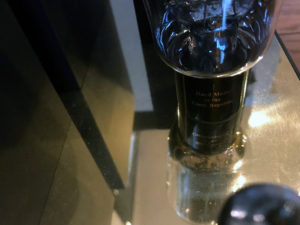
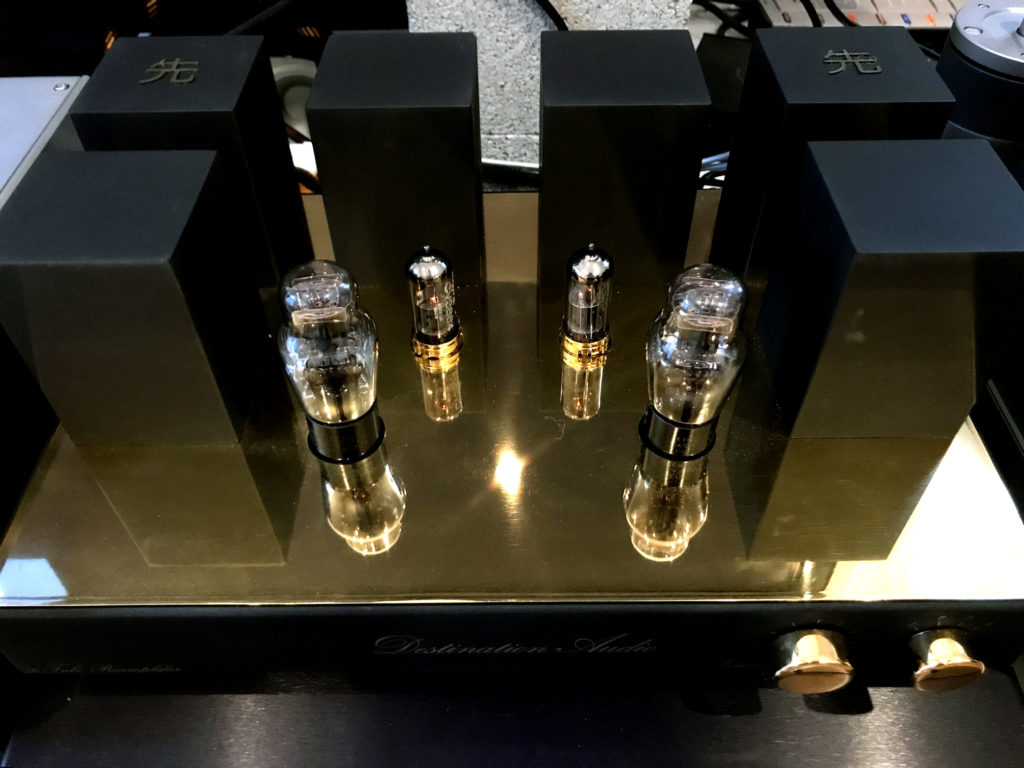
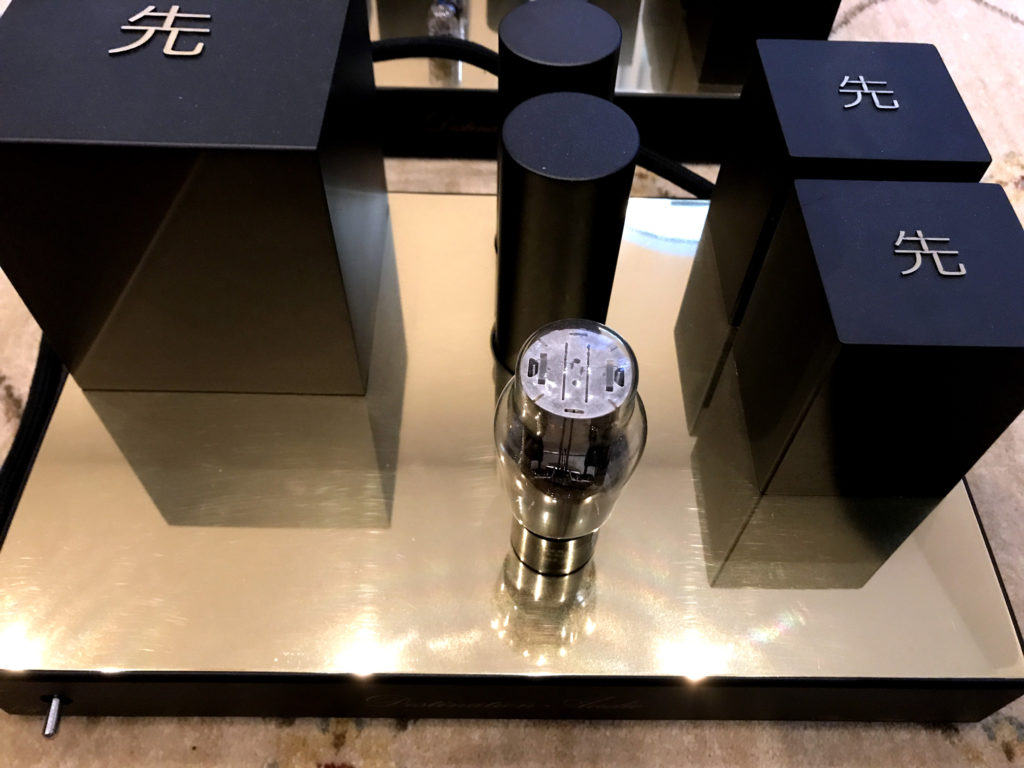
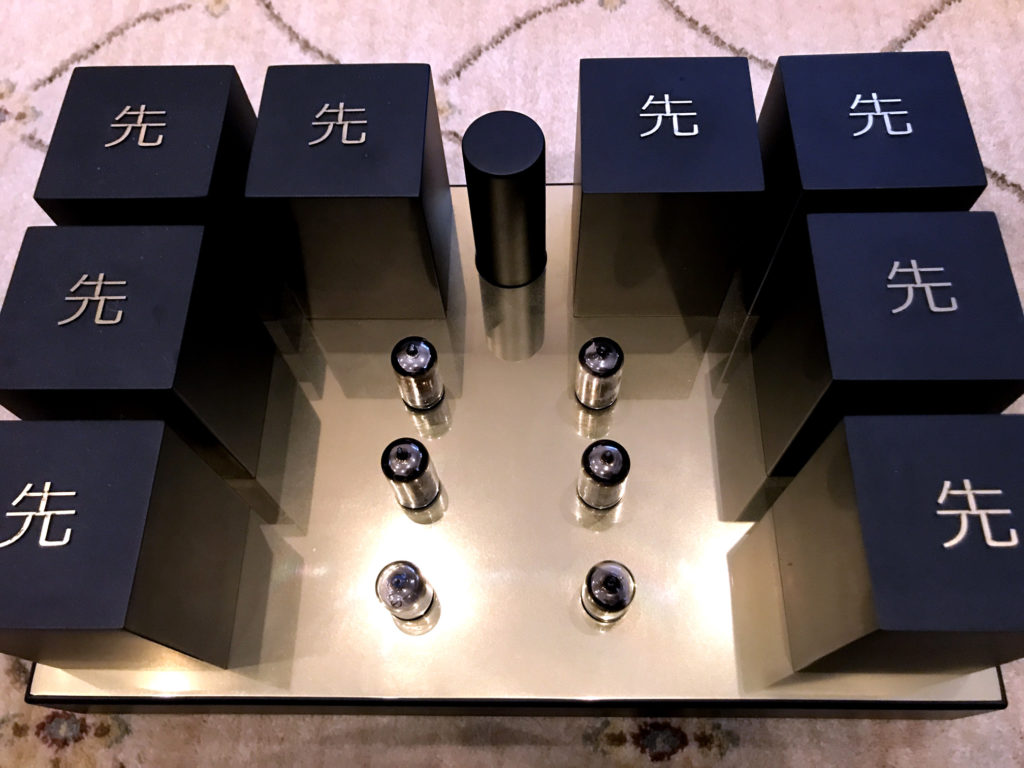
What an informative and very well written article. Being a horn/tube owner, it was easy to understand and concur with your conclusions. It would have been nice to compare this gear with the equivalent Audio Note pieces, but not easily possible.
Constantine, what an informative and very thorough review of such a big and imposing horn and tube system. I listened to them at the California Audio Show last year and thought they had huge potential. Knowing your ability to dial in a system in your room it was easy to understand your conclusions. I would love to bring over David Bearning’s latest ZOTL MZ5 1 watt pure class A tube integrated amp and hear these speakers. It drives my 104dB speakers to real rock levels. Thanks for such a great review.
As a lucky owner of those magnificent speakers I can only say kudos to the reviewer. I just moved and after a 2 year gap – I am re installing the DA system in my new living room tomorrow. What a day it will be ! Sam pozdrawiam Cie serdecznie !
Thank you for the kind words. Especially from you Lukasz.
Wielkie dzięki.
Thanks to Constantine for such a great review. Sam has created something truly special, of heirloom quality and incredibly infectious to hear. He is also one of the nicest guys in audio. Thanks also to Art Smuck in Tejas, who felt what was possible in Sam and put his money on it…takes some resolve. best regards, Fred Crane
A very nice review, however, I have no idea what this means:
“Readers putting powerful solid-state amplifications to use with the Vista horns are advised to be extra cautious for thunderous transients from accidents in misconnections and operations.”
Can you please elaborate?
Sam,
Thank you for your readership and comment.
To elaborate, the large Destination Audio Vista horns are capable of producing very high volume and dynamics even with the companion, 1.8 watt per channel 45 monoblocks that sudden bursts of energy from bad connections to powerful, 100 watts solid-state amplifiers can excite the horns into producing 100 dB+ transients. It probably won’t hurt the horns but human hearings are susceptible to damages in close range at those levels.